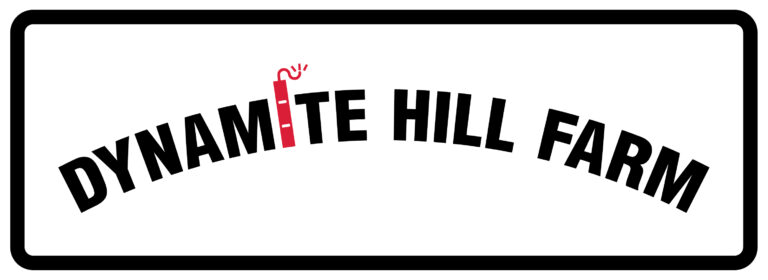Farm History
In the aftermath of the 1913 Italian Hall disaster in Calumet, Michigan, my grandparents, like many other immigrant miners, decided to leave the mine and settled in L’Anse. The deed shows that the original farm was purchased on Oct. 15, 1914, making this a century farm. My grandfather, Anton Vuk, spent the winter of 1914-1915 living out of the dynamite shack along the railroad tracks about two miles east of town. There were no roads at the time, only the rail line. A good part of the track just west of the farm was a long wooden trestle, which was later filled in as the timbers deteriorated. His mission was to build a shack so the family could move from Calumet in the spring. The tar papered shack served as the original home until a better longer-term structure could be built on the property. The farm had a lower area which became known as the swamp, and a higher fairly flat area to the east. The hill between the two became known as dynamite hill due to the presence of the adjacent dynamite shack.
The railroad used dynamite to extend the rail lines and stored explosives in the shack prior to my grandfather’s stay. What is now the Dynamite Hill Road came several years later with the railroad track being the sole mode of transport to the farm during the early years.
The farm itself was clearcut around 1888. As the railroad extended east at a mile or two each year, different lumber camps were built along the way to house the lumberjacks and horses near the edge of the virgin forest. There is evidence of an early lumber camp on the southeast corner of the farm adjacent to the tracks, but records have not yet been found to confirm this.
The land was mostly stumps, brush and rocks when my grandfather got started. The stumps and brush are gone, but we are still working on the rocks!!! Anton used a team of Oxen and a little dynamite to clear the land. Forest fires were common at the time, and most summers had some kind of a fire threat. As a kid, I remember a couple of 5’ cedar stumps in the swamp that were left. Anton used rocks collected from the fields to build thick foundations for the buildings. Most of his buildings are still standing and in good repair. A trip to Anton’s birthplace in Osojnik, Croatia a few years ago showed that he used the same building technology employed on the home farm so much earlier. That Osojnik farm was also built on a hillside.
The land sustained my grandparents and family during the depression. During early WW2 my father and my uncle raised potatoes for the war effort. My dad got into dairy cattle in the 50’s and transitioned to beef cattle during the 60’s. From then until his death in 1998, the land supported up to 115 head. All that manure really improved the soil. I remember quack grass and devils paint brushes in the east field back in the 50’s. After discovering lime, the land started changing, allowing both corn and alfalfa to be viable crops. Looking back over the years, our farming practices were mostly low input. We did apply lime and some commercial fertilizer, but in pretty modest amounts. Chemical use over the years was very limited, and that was typically restricted to the sweet corn field. The primary fertility enhancements were manure from the beef operation. We grew small grains for several years and fertilized these crops, but at that time, we did not understand the need for a wide array of minerals. We are also completely ignorant of the role of biology. Only in the last few years did we start understanding the complexity of plants and soil biology. Living in Iowa for many years and actually doing some small scale farming there, we started to appreciate how much more productive soils could be. We
initially attributed this to climate and inherent soil differences. Only after being exposed to regenerative agriculture did it dawn on me that perhaps we could grow a lot more on northern Michigan soils than we thought possible. Recent advances in testing technology, and a much better understanding of chemistry, microbiology, botany, and soil physics led to identifying critical deficiencies that have limited the productivity of our farm. We may never be as productive as top Iowa farms, but we can do a lot better than we have ever done before. It was encouraging to learn that even the best soils in Iowa have lots of problems and that deficiencies are very common. As many of the thought leaders of the regenerative agriculture movement are fond of saying, soil health is a journey, and we must always consider context. This means that we will not get where we want to go in a single season, and that each farm, and sometimes each field is different.


